Good Afternoon Ladies and Gentlemen,
I would like to thank the IOC for giving me this opportunity to present at the 3rd World
Congress on Sports Sciences. Nearly 20 years ago I was involved with the USOC in
establishing the Training Center in Colorado Springs. Our goal was to analyze and train
the U.S. athletes so they would be prepared for international competition.
I have never forgotten the honor afforded me to serve as the Founder and
Chairman of the Biomechanics Committee from 1977 to '84. At that time, for the
Biomechanics lab, we were able to obtain a half-million dollar computer, the graphics
system cost $100,000.00, the most advanced hard disk at that time cost $50,000.00, with a
100 megabyte capacity, and weighed approximately 300 lb. The computer for my presentation
today is a Notebook which is faster, has more power, greater capacity, provides sharp
color graphics, and weighs 5 pounds! My topic is "Sports Analysis in Cyberspace"
and I hope the concepts will contribute to the use of technologically advanced tools and
the quantification of athletics and their participants into the twenty-first Century.
SPORTS ANALYSES IN CYBERSPACE
Technologic advancements for analyses of sport activities including video-based
biomechanics, electromyography, ground force measurements with forceplates, and other
tests have become virtually routine. A new dimension added to these technological tools is
Cyberspace.
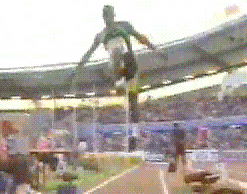 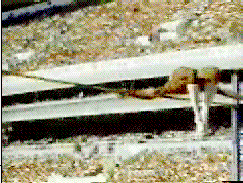
Cyberspace is a term created by William Gibson in his
novel, Neuromancer, to represent a universe sustained by a vast network of computers and
telecommunication lines.
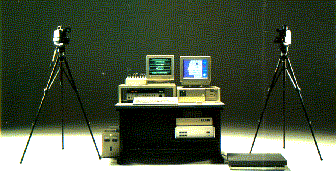
 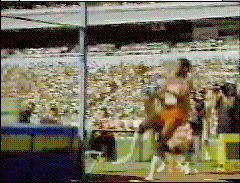
Javier Sotomayor - 7-91/4 (2.37) Goteborg, 1995
It is a window on the ever-expanding world of on-line information. The new communication
links afforded by rapid satellite/computer exchanges will enable the field of Sports
Analysis to advance into a new age of technology, resources, research, data base
development, as well as interaction among scientists.
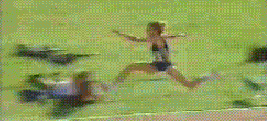 
Kravets 50-101/4 (15.5); Jonathan Edwards - 60-1/4 (18.29)
The World Wide Web is ushering in the next generation of publishing,
and industrial revolution, bringing together hypertext multimedia and
global networking. The Web is growing at an astounding rate and is changing the scientific
world by making it possible for anyone to transmit and receive information around the
world.
Utilizing the tools available in Cyberspace, the Sports Scientist can
retrieve and display data as well as documents from virtually anywhere on the planet.
Studies can be conducted at multiple locations and data rapidly exchanged among these
sites.
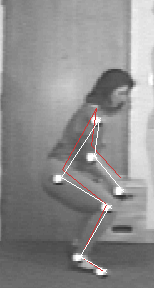 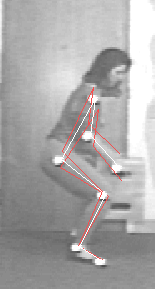 
This interface allows information located around the world to be
interconnected in an environment that permits users to travel through the information
super-highway merely by clicking on "hyperlinks."
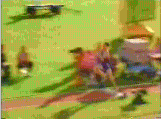 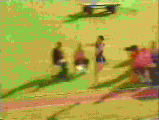 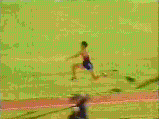
Sports analysis in Cyberspace can utilize the following functions:
- Independent video capturing in various sites around the world.
- Image sharing between sites.
- Multi-site digitizing.
- Analog data such as EMG, Force-plate, etc.
- Data processing such as transformation and filtering by various sites.
- Data analysis at various locations.
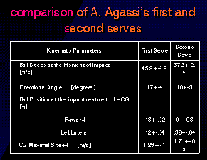 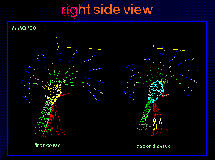
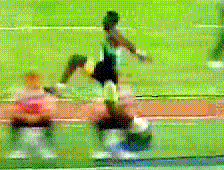 
For more information contact me at anytime at:
/

|